Teach Concrete Nouns in 3 Easy Steps

As an adult, when we prepare to teach concrete nouns it seems like it would be easy. However, we’ve all had students who seem to struggle with learning this concept. Three easy steps can change that!
Read on to find out what you can do to make learning about nouns a complete success in your classroom.
Step 1 - Teach Concrete Nouns Using Labels
Early in their education, students learn to label pictures. This happens across the subject areas.
If you think about these activities, what are students really doing? Often, they are labeling the parts of an image with a noun. Think about labeling the parts of a flower, or a house, or even the human body.
Begin with Pictures to Reinforce Concrete Nouns
I’ve found that students who struggle with learning the concept of nouns can quickly catch on when we backtrack to labeling images. And if this activity can catch kids up, then it’s perfect for preventing any misunderstandings from the start.
To begin, I choose an image that is familiar to the students. We then work together to label the parts of the image with simple, concrete nouns. You can use almost any picture for this—including ones found in their textbooks.
If you find yourself in a similar situation with your students, try introducing a diagram into the lesson.
With diagrams, students also learn that some concrete nouns (e.g., house) can be made up of many smaller nouns (e.g., door, window, table, bedroom, etc.) – this blows their minds!
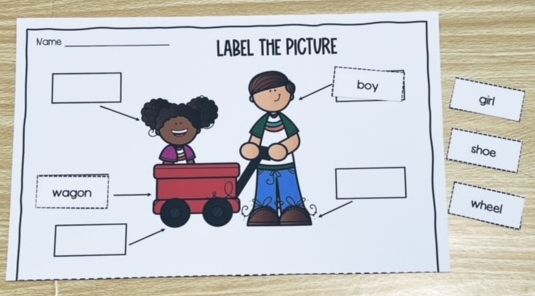
Try Labeling The Concrete Nouns in Your Classroom:
Provide students with sticky notes and allow groups to label objects in your classroom. This real-world, hands-on activity can really make the learning stick.
Step 2 - Teach Concrete Nouns With the 5 Senses
Teach students to use their senses when looking for nouns.
A concrete noun is something that can be experienced through the five senses. Often the senses work together.
For example, we see a lemon, but we also smell it, feel it, and taste it.
We see a phone, but we also hear it ring and can feel it when we pick it up.
Sometimes, the students can only name one sense when deciding whether something is a noun, or not. For example, they may only name the sense of hearing when they think of music. That’s all they need to begin, though!
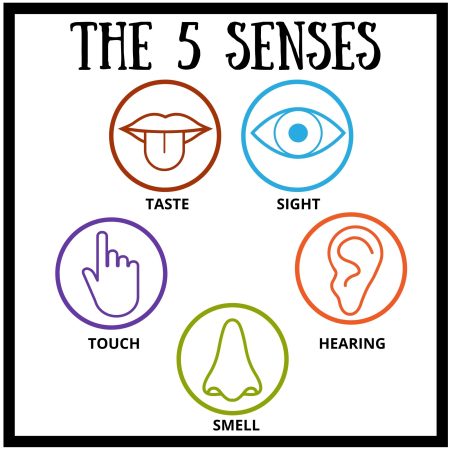
One of the best tips I give my students is to look for noun markers in sentences.
While these words are, technically, article adjectives, I find using the term “noun markers” more helpful with younger children. I will, however, use the words interchangeably in teaching.
The rule they learn is that noun markers will always come before a noun BUT not all nouns will have a noun marker.
When students struggle with finding nouns in sentences, this is one of the tools in their toolbox to help them achieve success.
Bonus: Teaching this to students early helps them later when working with harder nouns like abstract and collective.
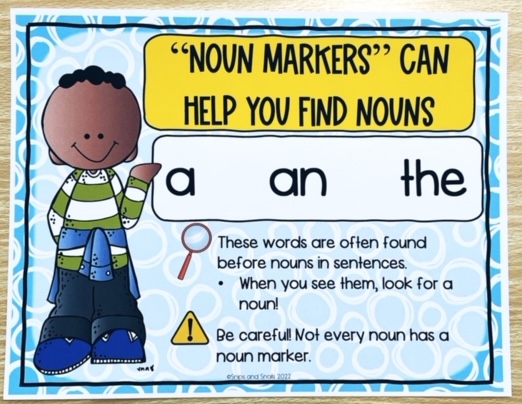
Bonus Tip!
When defining the term “noun” for my students, I avoid saying that nouns name a person, place or thing. Instead, I choose to say nouns refer or label these things.
The reason is simple; when you introduce common and proper nouns later in the grammar unit, students may struggle with the idea that a proper noun is the name of a noun if they’ve been hearing all along the nouns name things.
It seems too small to matter, but my students have been far more successful with nouns since I’ve made this small change in vocabulary.
All of the methods above are easy to incorporate into your lessons and activities but can reap big results for you and your students.
Good luck with your teaching and let me know if any of these tips worked for you!
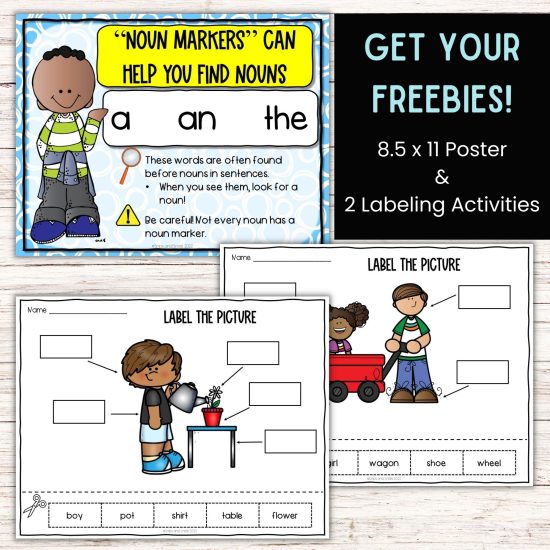
If you’re interested in a complete teaching unit on nouns for first and second grades, you can check out the resource below.
It includes a slideshow lesson, 11 worksheets, 48-card word sort, and interactive activities for use on the EASEL platform on Teachers Pay Teachers.
Ready to move on to Common and Proper Nouns? Read about it HERE!

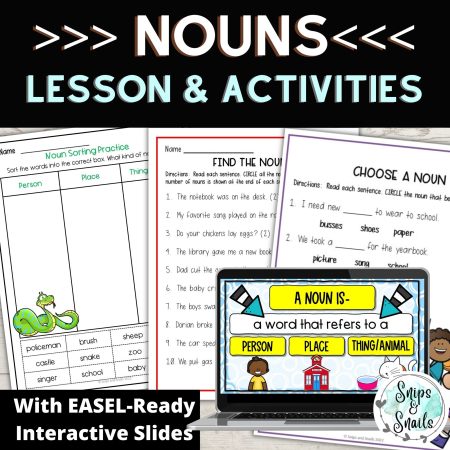

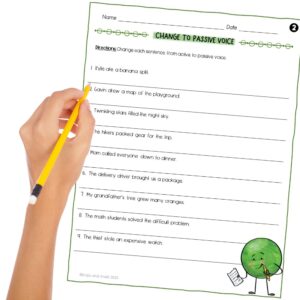
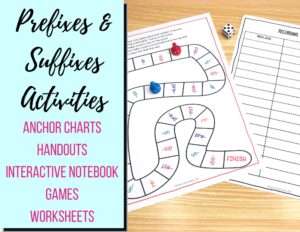
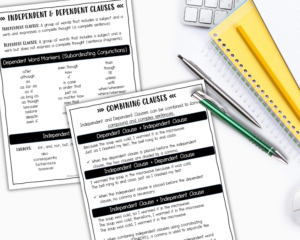
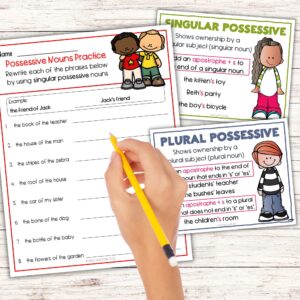
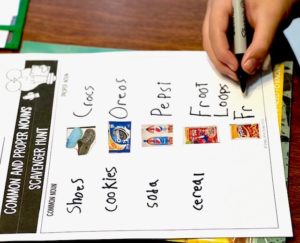
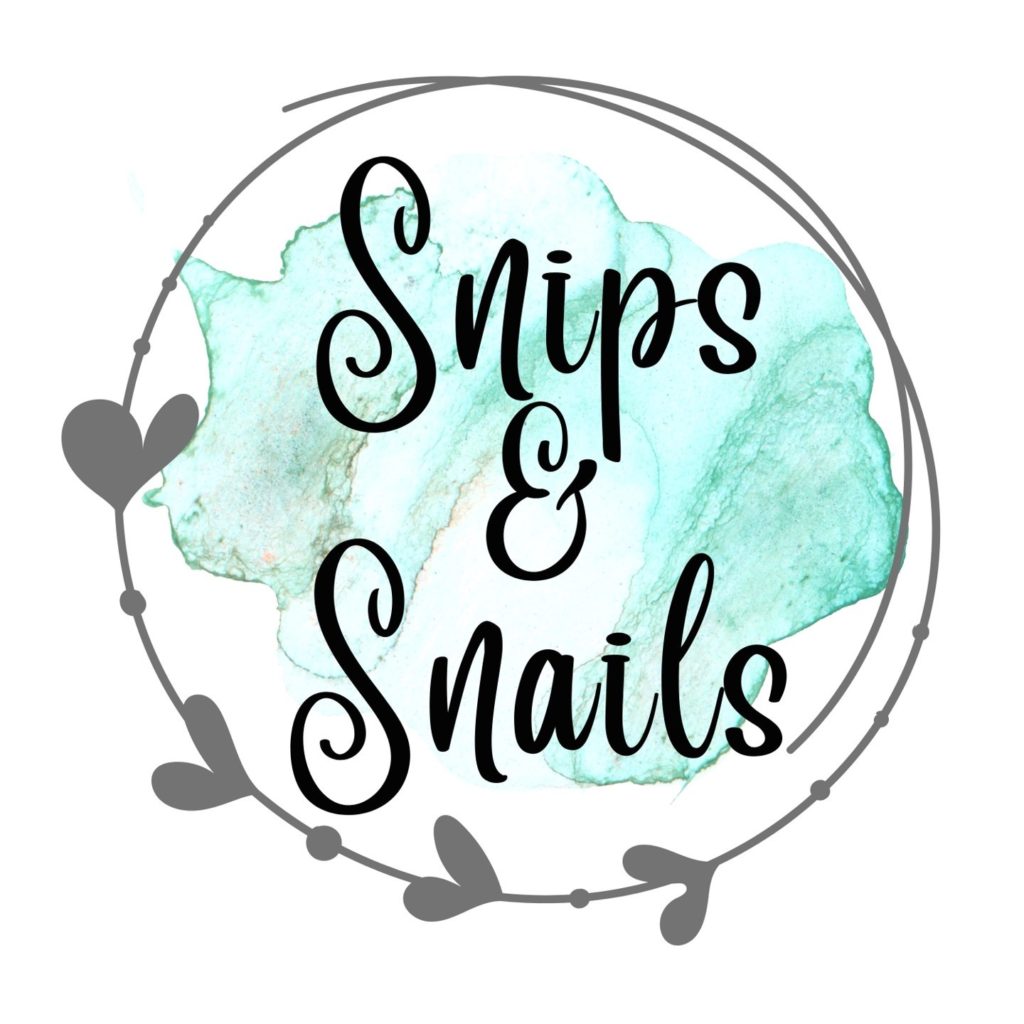
2 Responses